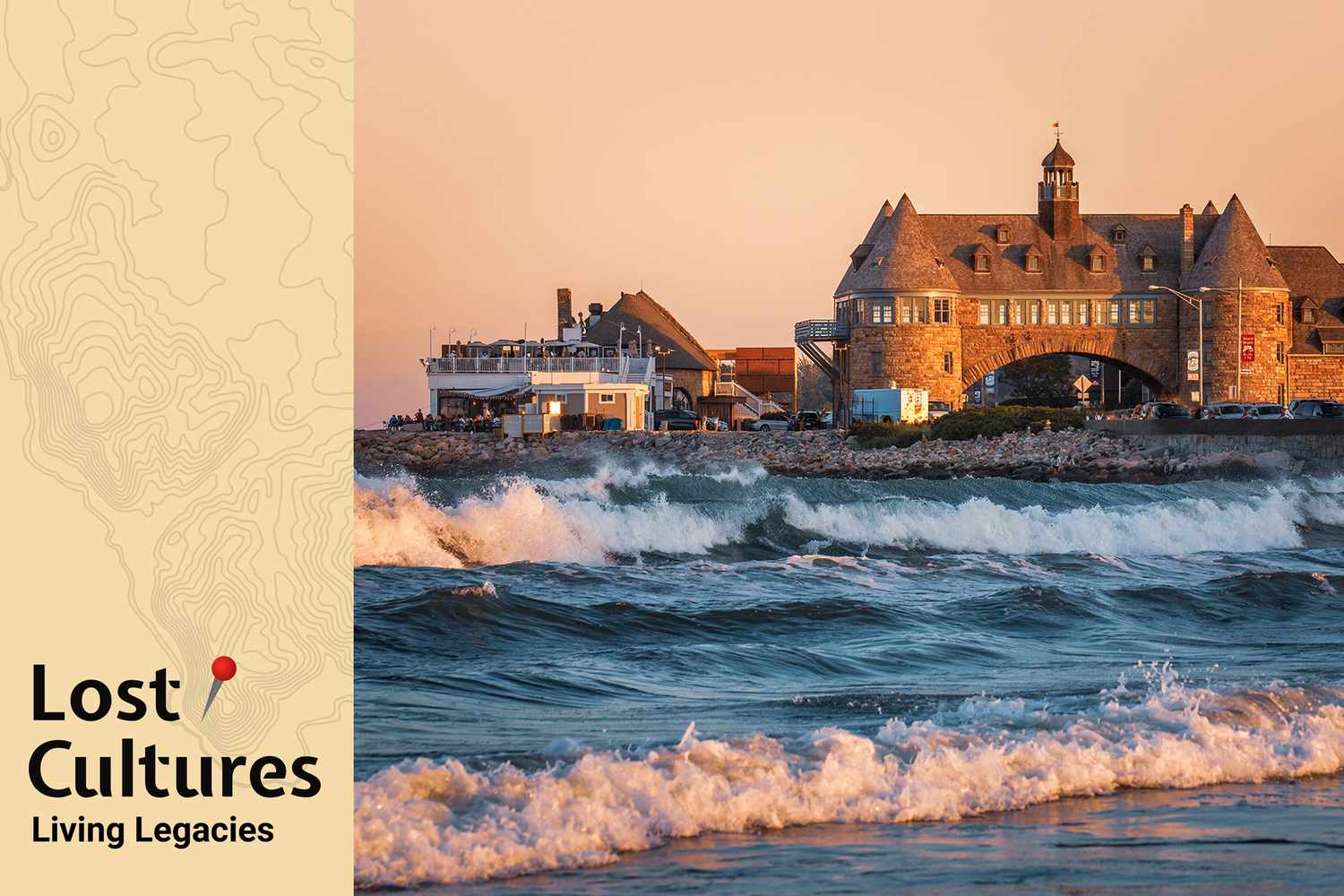In this week’s podcast episode of Lost Cultures: Living Legacies, we explore the history of the Indigenous Narragansett people of Rhode Island. Host Alisha Prakash, Travel + Leisure‘s associate editorial director, is joined by several members of the community who are helping carry their people’s story and culture into the future.
Long before Rhode Island was a state—and the idea of America even existed—the Narragansett people lived, fished, farmed, and thrived on this land. Today, their traditions continue with even more strength and purpose.
“I like to start with the fact that this has been our homeland, and that the political boundaries that are here today are not the boundaries of the sovereign place of the Narragansett Nation prior to European contact and colonization,” Loren Spears, executive director of the Tomaquag Museum and an enrolled citizen of the Narragansett Nation, shared with Travel + Leisure in the episode. “Our ancestors were in this place, living in strong relationship with this place.”
That connection with Mother Nature runs deep. Loren explains the Indigenous peoples of the region had seasonal lifeways that included wintering inland along rivers, tapping the trees for maple syrup in spring, and summers spent near the salt ponds for deep-water harvests. “You would harvest your strawberries when the strawberry season would come and have Strawberry Thanksgiving,” Loren said. “It’s a Thanksgiving that we still do.” She added that in the fall it was, and is, the same for Green Bean Thanksgiving and the Green Corn Thanksgiving.
Dawn Spears, a Narragansett artist and culture bearer, is well acquainted with this relationship to the land. She can even imagine what that relationship might have been like for her people before colonization. “To me, it was freedom to live in harmony with the land,” she said. “No restrictions about access to our seasonal hunting places, our seasonal foraging places. We could go wherever we wanted.” Today, she and her husband, Cassius Spears, continue those traditions at Ashawaug Farm, where they grow historic Narragansett flint corn, succotash beans, squash, and “wuttahimneash,” or heart berries.
Their farming practice is rooted in traditional methods, too. “Things like hilling, which involves planting your corn on a mound with your beans. And then there’s squash in the valleys around the hill,” Cassius said. “Because of the mound, there’s more soil exposed, so the soil heats up faster and it helps with germination.”
While the land has sustained the community, it has also been the target of repeated colonial disruptions. “Each of these wars and massacres that took place started to change the relationship with this place and to dispossess Indigenous people of their inherent sovereign rights,” Loren said. From King Philip’s War to the 1880 detribalization law passed by Rhode Island, these policies have caused lasting trauma, but they have not erased this culture.
“Our culture was never lost,” Loren said. “We have always been here and we always will be here. We continue to be a vibrant community.”
This culture can be explored and appreciated at places like the Tomaquag Museum, where visitors can experience first-person Indigenous storytelling, or at Ashawaug Farm, where Cassius and Dawn offer property tours and a peek inside a wetu, a traditional home. “If you’re traveling to Rhode Island and you don’t make an effort to visit Indigenous People here … you’re going to miss out on a lot of history, a lot of knowledge, and a lot of good people,” Cassius said.
Learn more about the Narragansett’s past, present, and future on this week’s episode of Lost Cultures: Living Legacies—available now on Apple Podcasts, Spotify, Amazon Music, Player FM, or wherever you get your podcasts.
Read the full article here


